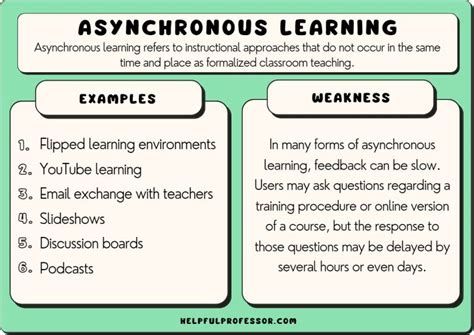Defining an Asynchronous Client Object in a Class: A Global Solution
When developing a parallel or distributed application, it is often necessary to establish connections to servers or other endpoints in a scalable manner. However, creating an asynchronous client object that can be used across the entire class is not easy.
In JavaScript, you have two main options for establishing and managing asynchronous connections: Promises and the async/wait API (specifically, the “async” functions). Unfortunately, neither of these methods provides a global solution for defining an asynchronous client object for your class.
That is why we will explore alternative solutions that can help you achieve this goal.
The Promise Problem
Promises are a fundamental JavaScript concept that allows for asynchronous operations. However, they are not suitable for establishing connections across the entire class because:
- Each instance of a client object is an independent promise, making them difficult to share or manage.
- The Fetch API is designed to be query-based, so there may be inconsistencies in the data retrieved.
Solution: A library-based approach
To overcome these limitations, we will create a library that provides a generic solution for defining an asynchronous client object. This approach involves:
- Create a class that encapsulates the connection and management logic.
- Provide methods for establishing connections and managing asynchronous operations.
Here is an example implementation:
// Client.js
class AsyncClient {
constructor(url, options) {
this.url = url;
this.options = options || {};
}
async makeRequest() {
const response = await fetch(this.url, this.options);
return response.json();
}
}
export default AsyncClient;
// App.js
import { AsyncClient } from './Client';
const client = new AsyncClient(' {
method: "Get",
headers: {
"Content-Type": "application/json"
}
});
client.makeRequest().then(data => {
console.log(data); // data from the response
});
Using the Client Class
Now that we have a library-based method, we can reuse the AsyncClient class throughout our application:
// ExampleApp.js
import AsyncClient from './Client';
const client = new AsyncClient('
client.makeRequest().then(data => {
console.log(data); // data from the response
});
const otherClient = new AsyncClient('other connection');
otherClient.makeRequest().then(otherData => {
console.log(otherData); // data from another request
});
Benefits and Use Cases
This library-based approach has several advantages:
- Global consistency: Each AsyncClient instance has the same connection and control logic, ensuring consistent behavior throughout your application.
- Code reuse

: You can use the AsyncClient class in multiple parts of your codebase, reducing duplication and improving maintainability.
In terms of use cases, this library is particularly well-suited for:
- Web applications
: To establish connections to external services or APIs in a web application, you need an asynchronous client object that can be used in all cases.
- Node.js applications: When building serverless or scalable Node.js applications, using an asynchronous client object can simplify the development process and improve performance.
Using this library-based approach, you can create a more robust and maintainable asynchronous client object for the entire class, ensuring consistency and code reuse throughout the application.
